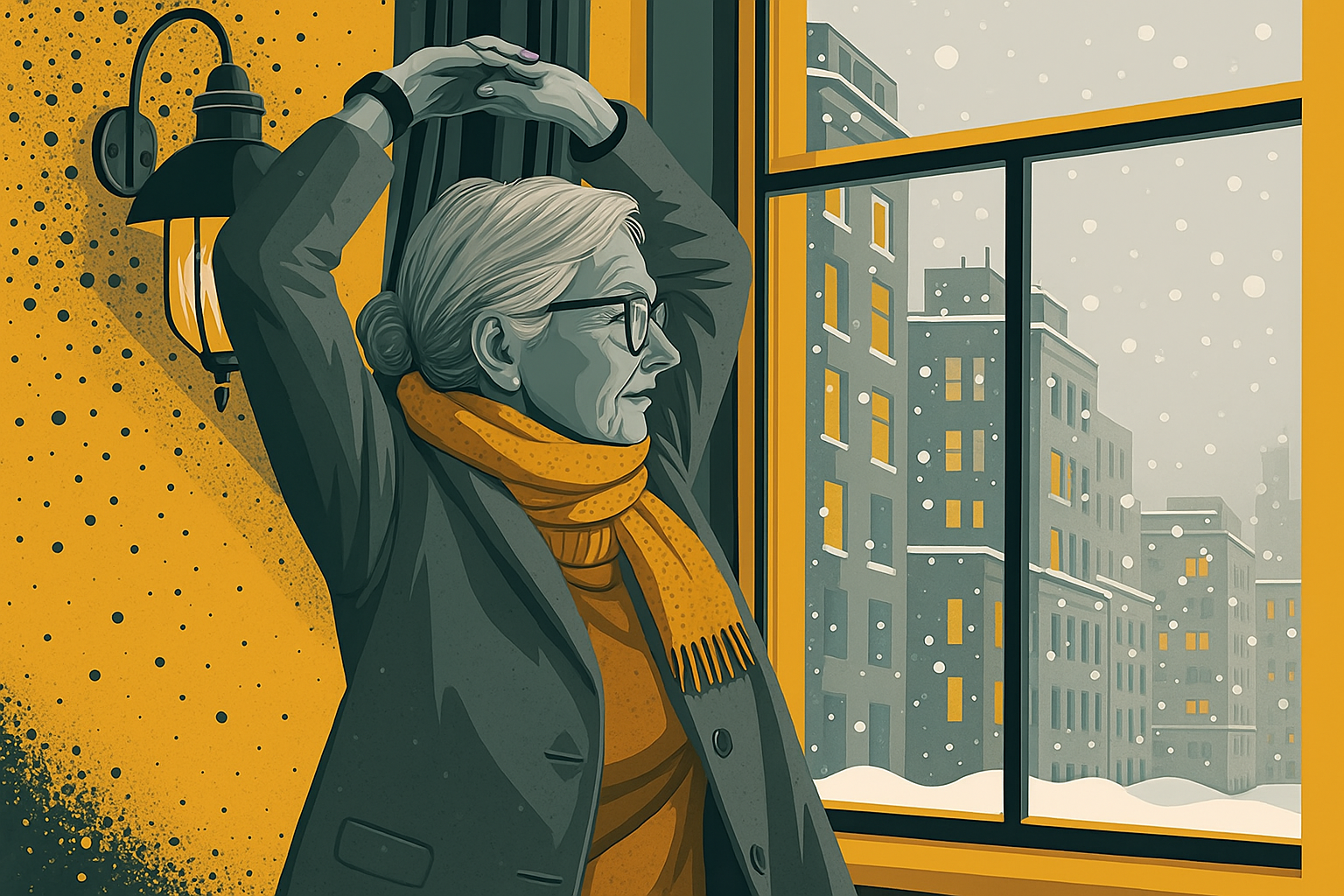
The mornings feel heavier. The air bites a little deeper. And getting out of bed becomes less about willpower and more about strategy.
When the cold arrives, many women notice their joints respond with silence—then resistance. Movement slows, comfort fades, and routines feel harder to start.
For Lucia Mendes, 62, from Asheville, North Carolina, winter meant more than just layering sweaters.
“I didn’t even realize how much the cold was affecting me,” she shared. “I just knew I stopped wanting to move.”
Why Cold Weather Affects Your Joints.
1. Lower temperatures reduce blood flow to extremities.
This makes joints feel tight, less mobile, and more sensitive to movement.
2. Inactivity increases in colder months.
We move less when it’s cold—and joints that don’t move, stiffen.
3. We move less when it’s cold—and joints that don’t move, stiffen.
Especially during menopause, when hormonal shifts already challenge joint comfort.
What Helped Lucia Move More Comfortably Again.
– She placed a heated pad under her knees for 10 minutes before stretching.
– She prepared a warming tea with ginger and turmeric each morning.
– She switched to layered clothing to keep joints warm without overheating.
– She added a natural supplement designed for inflammation support.

Winter Doesn’t Have to Mean Withdrawing.
Yes, the cold changes our body’s rhythm—but that doesn’t mean we must stop.
Some women retreat in winter. Others adapt. And every act of care—warm socks, slow mornings, gentle tea—is resistance against the discomfort.
Lucia didn’t fight the cold. She listened to it. And found new warmth inside herself.
Explore natural support to move freely – even in the cold.
Updated regularly to reflect scientific advances in women’s joint care.
